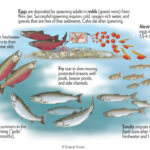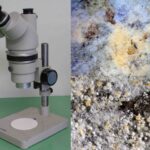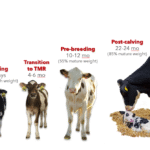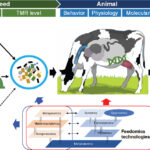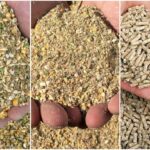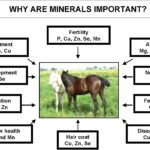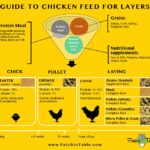Life cycle of archnida
The life cycle of arachnids is complex and varies across different orders within the class Arachnida, including spiders (Order: Araneae), scorpions (Order: Scorpiones), ticks (Order: Ixodida), and mites (Order: Acari). Below, I provide a detailed overview of the life cycle stages common to arachnids, focusing on general patterns as well as specific examples from spiders…

